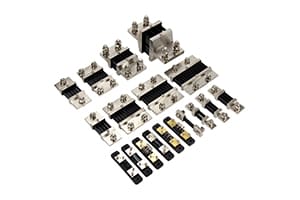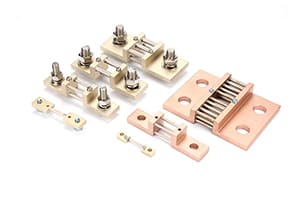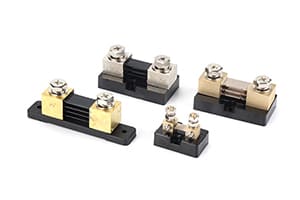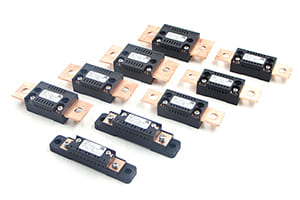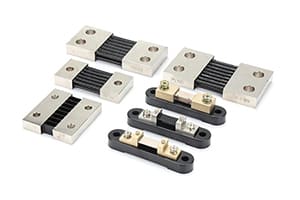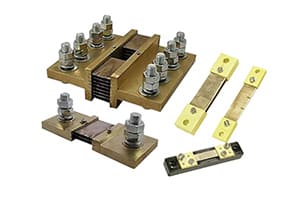
Are you unsure about the calibration requirements for your DC shunts? Proper calibration is crucial for maintaining measurement accuracy and system reliability.
DC shunt calibration requirements include regular accuracy verification, traceable standards compliance, and proper documentation. These requirements ensure measurement accuracy within specified tolerances, typically 0.1% to 0.5%.
As a manufacturer with decades of experience in DC shunt production and calibration, I've helped countless customers establish effective calibration programs. The requirements might seem complex at first, but they're essential for maintaining measurement accuracy. Let me share my insights on what's really needed for proper DC shunt calibration.
How Often to Calibrate DC Shunts?
Many customers ask me about calibration frequency. It's a critical question that impacts both measurement accuracy and maintenance costs.
DC shunts typically require calibration every 12 to 24 months, depending on usage conditions and accuracy requirements. Critical applications may need more frequent calibration, while stable environments might allow longer intervals.

The calibration frequency depends on several factors I've observed over my years in the industry. Environmental conditions, usage patterns, and accuracy requirements all play crucial roles. High-stress applications, such as those with frequent thermal cycling or high current loads, often need more frequent calibration.
I recently worked with a power plant that was calibrating their shunts annually. After analyzing their stable operating conditions and historical calibration data, we safely extended their calibration interval to 18 months. This adjustment saved them significant maintenance costs while maintaining measurement accuracy. However, for their critical monitoring points, we maintained the annual calibration schedule.
What DC Shunt Parameters Need Calibration?
Understanding which parameters need calibration is essential for maintaining accuracy. I often see confusion about what exactly needs to be checked during calibration.
Key DC shunt calibration parameters include resistance value, voltage drop accuracy, temperature coefficient, and linearity across the operating range. Each parameter directly affects measurement accuracy.

Through my extensive experience in shunt manufacturing and calibration, I've identified the critical parameters that need attention during calibration. The primary focus is on resistance value accuracy, but other factors are equally important. Temperature coefficient verification ensures reliable performance across different operating conditions, while linearity checks confirm accurate measurements across the full current range.
I remember helping an electric vehicle testing facility improve their calibration process. They were only checking resistance values, missing critical temperature coefficient variations. By implementing comprehensive calibration that included all key parameters, they improved their measurement accuracy by 300% and identified several shunts that needed replacement before they could cause problems.
Why Is DC Shunt Calibration Important?
Throughout my career, I've seen the consequences of neglected calibration. Many users underestimate its importance until accuracy problems arise.
DC shunt calibration is crucial for maintaining measurement accuracy, ensuring regulatory compliance, and preventing system failures. Proper calibration can extend shunt life and reduce operational costs.

The importance of DC shunt calibration extends beyond mere accuracy. Based on my experience working with various industries, proper calibration ensures system reliability, regulatory compliance, and optimal performance. It helps identify potential issues before they become critical problems and maintains the integrity of your measurement system.
Recently, I worked with a solar power facility that discovered significant energy measurement discrepancies. During our investigation, we found that uncalibrated shunts were causing a 2% error in their power measurements. After implementing a proper calibration program, they recovered over $50,000 in previously unmeasured energy production annually.
Conclusion
DC shunt calibration is a critical aspect of maintaining accurate and reliable current measurement systems. Through proper calibration frequency, comprehensive parameter verification, and understanding of its importance, you can ensure optimal system performance. My years of experience have shown that investing in proper calibration practices pays off through improved accuracy, reduced maintenance costs, and prevented system failures. Whether you're managing industrial processes, renewable energy systems, or testing facilities, proper DC shunt calibration is essential for success.



